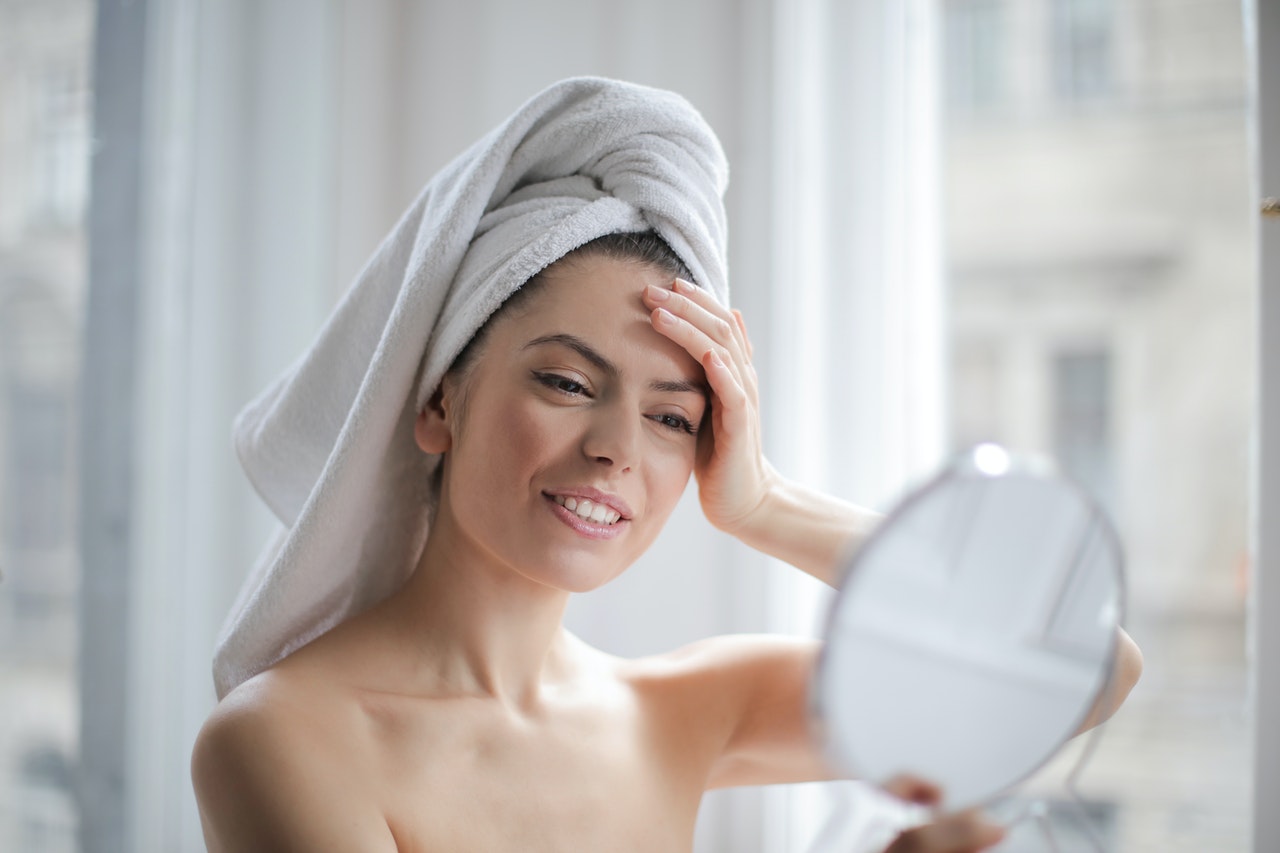
While beauty brands see digital e-commerce and digitally-enhanced in-store and virtual try-on apps as the wave of the future, a sizable percentage of beauty customers (41%) said they would not buy any beauty product that they had only tried-on virtually. They want a real-world, hands-on experience with new products before they pull the trigger. This need gives brands in physical retail the edge in introducing new products.
However, e-commerce brands can overcome some consumers’ resistance by offering a free sample to test first (36%), as well as an easy return policy (20%). In addition, if e-commerce beauty brands offer cheaper prices online, they stand a good chance to get hesitant customers to give the product a try (22%).
Other strategies, like free virtual application classes or virtual video consultations with a sales representative, are not likely to persuade potential customers to give a new product a try, at least not today.
Getting up-close-and-personal is how to influence beauty customers
The beauty industry is number one when it comes to influencer marketing, according to a study by Rakuten. But this survey by Ipsos suggests that such strategies may not be all that effective.
Rather, the people closest to the consumer have the most profound influence in an individuals’ beauty routine, especially friends (50%), mothers (49%) and sisters or other family members (41%). These close personal contacts are way out in front of magazines (27%), online videos (27%) and Instagram and other social media (25%) as influencers.
Of course, consumers are not always conscious of what and how their behaviors are influenced, but these survey results suggest that the people consumers know and trust are more influential than paid influencers or traditional marketing and advertising methods.
Given the outsized influence of mothers on younger women’s beauty routines, it points to the need for beauty brands to develop multi-generational strategies.
